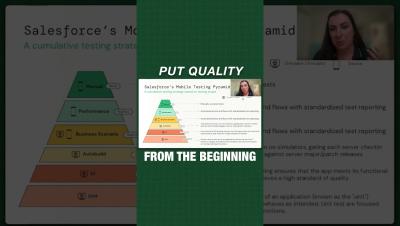Sauce Labs Office Hours - Tackling Flaky Tests
Office Hours: Tackling Flaky Tests Are flaky tests wreaking havoc on your CI/CD pipeline? Watch this pre-recorded presentation from our Sauce Labs Community Office Hours, where Titus Fortner, Developer Advocate, shares strategies for identifying and resolving flaky tests. Learn the best practices to make your tests more reliable and ensure your automation runs smoothly every time.




























